What makes a place attractive for a traveller like me could be the history, the architecture, the natural beauty of the place or the culture.
Food reveals the soul and history of nation and Malaysia’s rich history leaves an indelible mark on Malaysian cuisine. It was the center of the spice trade and the amalgamation of the trader’s influence into local cuisine is felt up to today.
The myriad of different ethnic groups that make up the population of Malaysia and our colonial past make Malaysia’s cuisine unique, with a kaleidoscopic interpretation of common dishes in different geographical locales in the country.
Here, we list the 5 must-try Chinese food in Kuala Lumpur.
1. Char kuey teow or its alternative sister – Char Kuey Kak
Char kuey teow, literal translation meaning “fried flat noodles” is a popular noodle dish in Malaysia. These broad rice noodles are fried over very high heat with light and dark soy sauce, chilli, prawns, cockles, egg, bean sprouts and Chinese chives. Occasionally slices of Chinese sausage and fish cake are added. The high heat frying contributes to its characteristic smoky, charred flavor.
Another important criterion is that it must be fried in pork fat and preferably with crisp croutons of pork lard. Char Kuey Teow is highly addictive for its distinctive flavor and aroma. There are a few variations of Char Kuey Teow but the Penang version enjoys the highest popularity.
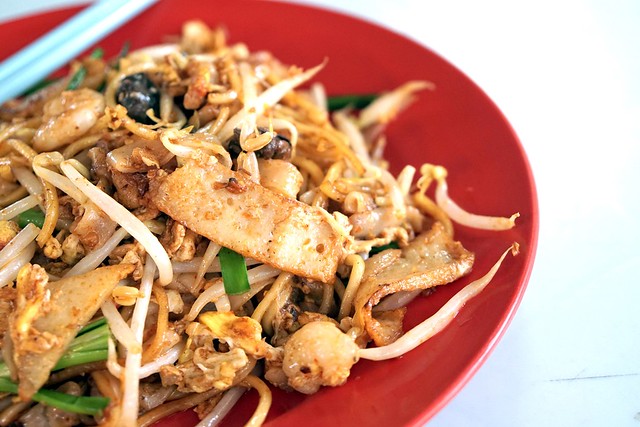
Where to find this: This ubiquitous meal is available at most of the hawker complexes or coffee shops in the city centre and in the suburbs.
2. Bak Kut Teh
Bak Kut Teh which literally translates to “Meat Bone Tea” is a Chinese soup dish infused with a myriad of herbs such as Dong Quai, cinnamon, wolfberries, Chinese liquorice and star anise. The broth is slow boiled for a couple hours with pork cuts ranging from knuckles to ribs and lean cuts. More often than not, most versions would offer offals in the mix. The end result is a robust concoction perfumed with a sweet herbal and earthy flavor. Typically served in a claypot and eaten with plain or oil white rice, yau char kway (Chinese crullers), a dish of stir-fried vegetables in oyster sauce and a condiment of raw garlic, cut bird-eye chilies plus soy sauce, the heady broth is worth every slurp to the last drop.
This classic Malaysian Chinese dish is so popular that is has joined the instant noodles family as one of its flavour and you can even buy a DIY kit consisting of a soup base which is ideal as a culinary souvenir from Malaysia.
Where to find this: Dedicated Bak Kut Teh outlets in areas like Klang or even shops/stalls and in foodcourts in KL city.
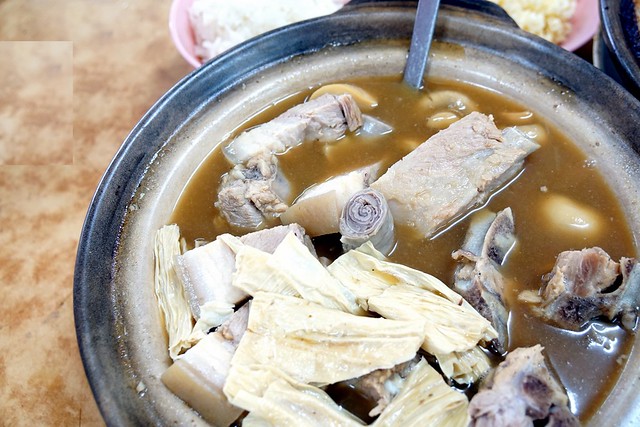
3. Oyster Omelette (Oh Chien)
In its most basic form, oh chien (translated from the Hokkien dialect to be ‘fried oyster’) is an omelette with small oysters. However, a typical serving of ‘oh chien’ is part sticky, part eggy and fluffy with crispy edges. Its unique texture is contributed by the addition of starch (usually potato flour) for the thick, gooey consistency. Adding to the fun of eating this dish is watching it being prepared. The flour batter is first poured into a large iron pan with very hot oil. Eggs are added into the pan after the batter is almost set. Last to go into the mix is the fresh oysters. The oysters are given a light stir in the batter before it is removed from the pan and finally garnished with a flurry of fresh coriander. A side of zesty chilli sauce is usually served alongside the dish.
Where to find this: It is not a very common item but typically sold in hawker streets and in some Chinese coffeeshops. However you can try a decent version in Food Republic, Pavilion.
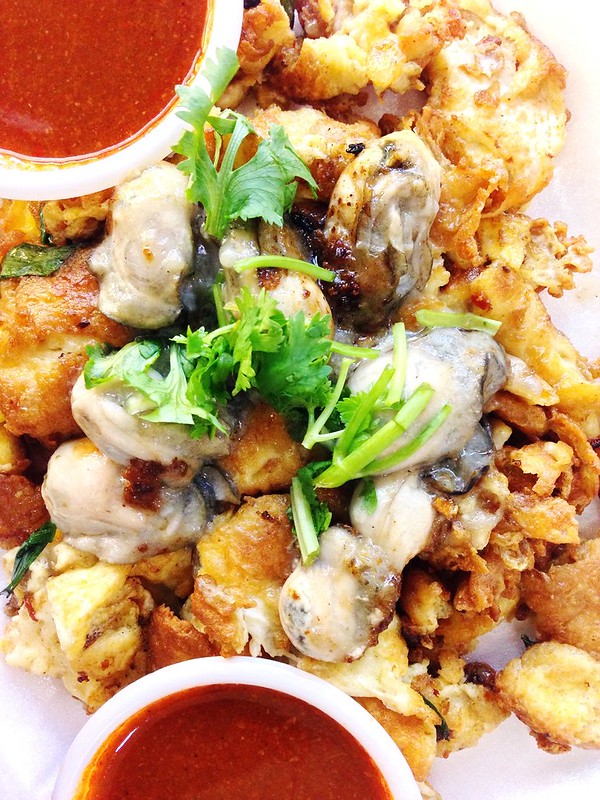

4. Penang Assam Laksa
CNN Travel ranked Penang Assam Laksa 7th out of the 50 most delicious food in the world and we Malaysians are understandably thrilled and proud of this dish. There are many variants of the laksa but the Penang Asam Laksa is distinctively unique in both taste and appearance. The broth base is made from mackerel fish and tamarind which gives the soup its sharp and sour taste. Served with thick, slithery rice flour noodles and garnished with finely sliced vegetables including onions, cucumber, red chillis, pineapple, lettuce, mint and pink bunga kantan (ginger buds), each bowl would also be served with an accompanying spoonful of concentrated prawn paste which intensifies the broth’s sweet flavour.
The lethal combination of gravy, noodles and its condiments blends very well together and is absolutely addictive.
Where to find this: This popular dish is available at most hawker complexes, coffee shops and food courts in the city centre and in the suburbs.
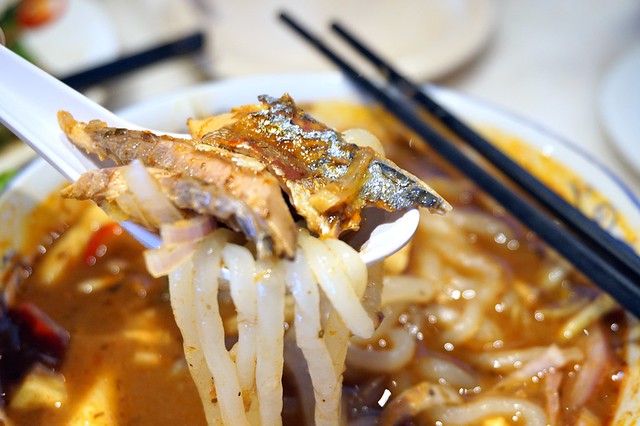
5. Economy Rice
In Malaysia one of the cheapest meal deals you can find in the local hawker food centres are the “Economy Rice” stalls. They consist of pre-prepared dishes in troughs such as chicken/pork/fish cooked in a variety of ways; braised, fried, in sauces, steamed and grilled as well as tofu and vegetables. To order, you join the queue and pick the side dishes to go with your rice. The price of your meal is determined by the number of meat and vegetable dishes you have on your plate.
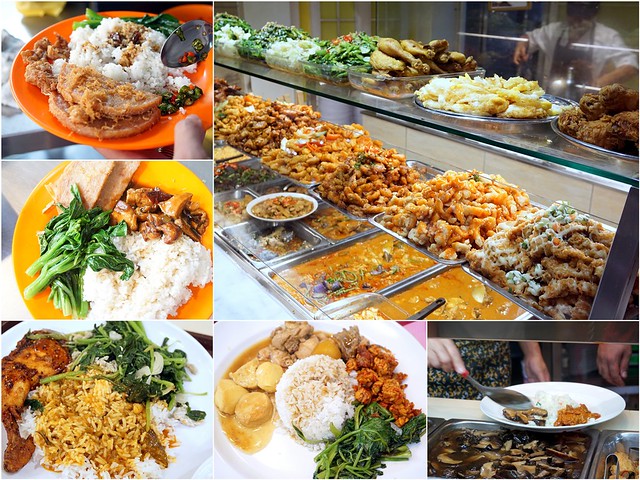
Where to find this: Commonly found in hawker centres, street vendors or food courts and usually for mid-day meals.
More Top Must-Try Food in Kuala Lumpur
Top Must-Try Food in Kuala Lumpur – Malay
